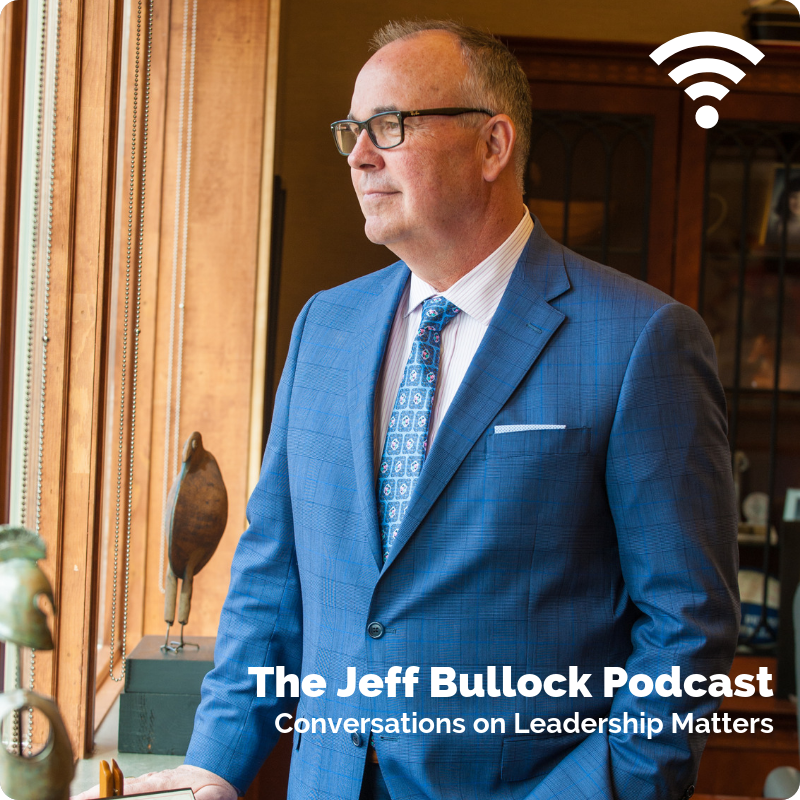In their extensive study Leadership that Works, Barbara Wheeler and colleagues set out to discern “…the ingredients of executive leadership that make institutions both durable—as in fit for the long haul—and visionary—that is, moving forward in ways the future is likely to require.” Four common character traits were identified that “…create the conditions for institutional stability, productivity, and creativity.” Previously in the blog, I discussed personal strength, humility, and interpersonal skill. The final character trait discussed by Wheeler is discipline.
The most difficult time of the year to be productive is on a beautiful spring day or, in our case, when it’s 74 degrees and sunny on November 4. The unusually warm weather is a distraction for people who work for a living, and for the students that are playing Frisbee outside of my office window. But sometimes distractions can be less about the nice weather, and more about our personal lack of self-discipline.
As it pertains to executive leadership, Wheeler describes discipline as “…a carefully cultivated habit as much as a natural gift or endowment. Effective [leaders] do what the job requires,” she says, “in proportions that best meet the needs of the institution rather than emphasizing the tasks that give them the most satisfaction.”
In other words, disciplined leaders teach themselves to remain focused, even when the tasks upon which they’re called to concentrate are not personally rewarding. [bctt tweet=”Disciplined leaders remain focused, even when they’re tasks are not personally rewarding.” via=”no”]
Work-avoiding leaders are often very busy, Wheeler notes. They’re immersed in activities that they like to do, and that they do exceptionally well. And many of these activities are related to their position.
The problem has to do with a leader’s investment of time and energy in proportion to how that investment benefits the organization. The things that a leader really enjoys doing are not always the tasks the organization needs to have accomplished. In fact, it is very likely that there is a correlation between an organization’s area of strength and the leader’s zone of personal satisfaction.
It is also likely that an organization’s area of greatest need tends to be a leader’s greatest area of work-avoidance. Solving problems and providing considered, effective direction is difficult and often tedious work.
It is at this juncture between what we like to do and what the organizations we lead need to have done, that the most effective leaders excel at their craft. [bctt tweet=”It is at the juncture between what we like to do and what is needed, that the most effective leaders excel.” via=”no”]
Effective leaders understand that the organization isn’t about them. Rather, it is their role to serve and support that organization, particularly at its point of greatest weakness.
Legion are the stories of university presidents who were hired as academics and soon discovered that fundraising was their organization’s area of greatest need, or political leaders who were elected on a platform of peace and prosperity only to be faced with no other alternative but war. Ineffectual leaders do what makes them happy.
The best leaders become experts at strengthening their organization’s points of greatest vulnerability. [bctt tweet=”The best leaders become experts at strengthening their organization’s points of greatest vulnerability.” via=”no”]
Years ago, one of our faculty members shared this quote from Jim Collins: “People who take credit in good times and blame external forces in bad times do not deserve to lead. End of story.”
I couldn’t agree with him more.










Leaders are disciplined and don’t allow their emotions and impulses to run their lives.
Great leaders know their strengths and weaknesses.